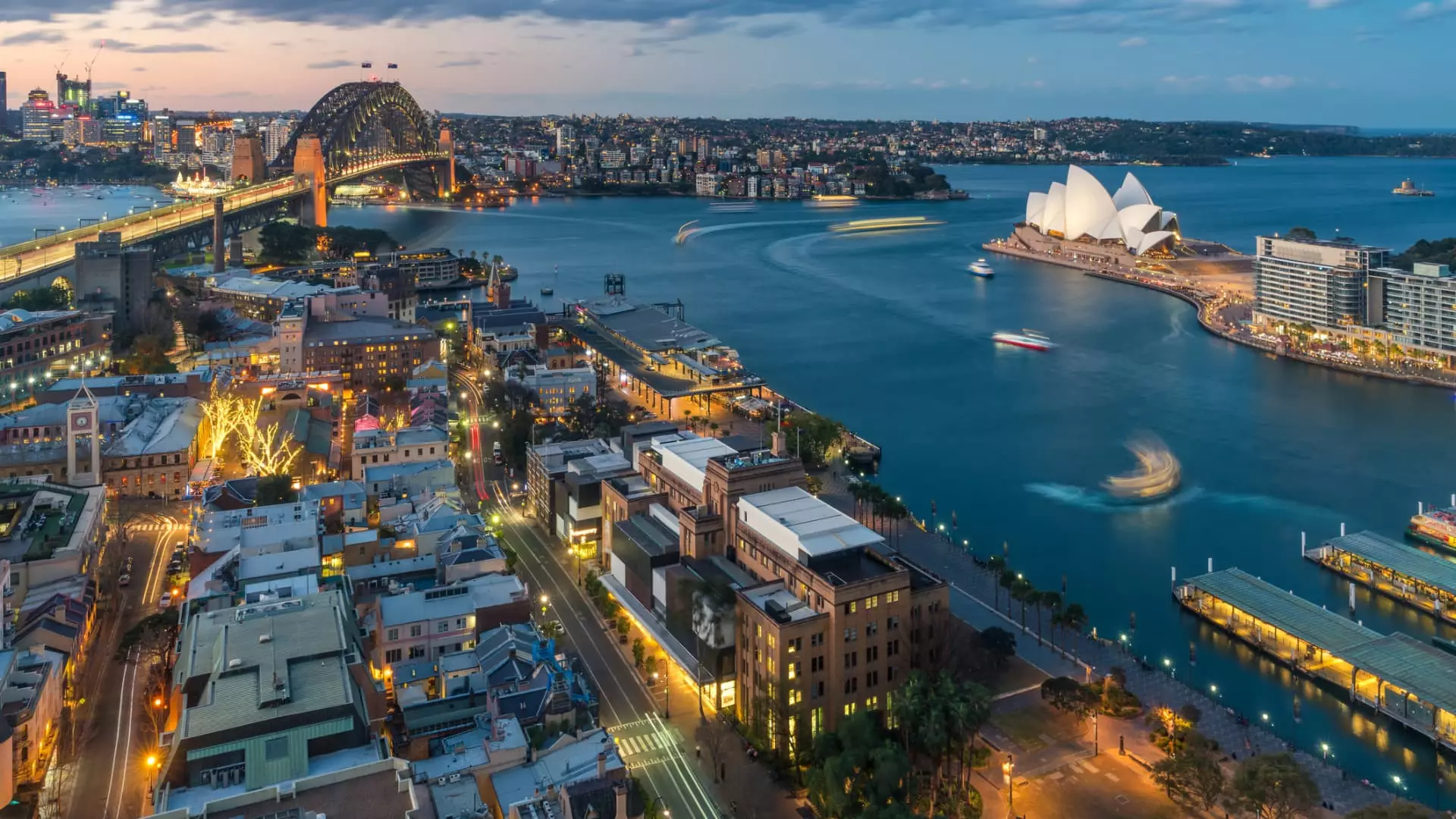In an era where economic stability is increasingly fragile, the recent confirmation of impending U.S. tariffs has sown seeds of doubt across Asia-Pacific markets. What should be a collective pursuit of growth is now marred by a cloud of uncertainty, as countries grapple with the potential fallout. The markets’ modest decline—Japan’s Nikkei dropping slightly, South Korea’s Kospi weakening—is a stark reflection of deep-seated anxiety rather than outright fear. It’s as if these nations are collectively holding their breath, unsure whether the trigger will be pulled or if the threat is merely a bargaining tactic. This persistent ambiguity not only hampers immediate investment decisions but also undermines long-term economic confidence, making a precarious environment for businesses and policymakers alike.
The Illusion of Certainty and the Reckless Optimism of Policy
Despite Treasury Secretary Scott Bessent’s attempt to downplay the urgency—suggesting that August 1 isn’t a hard deadline—markets interpret such reassurances with skepticism. Central banks, like the Reserve Bank of Australia set to cut interest rates, are caught in a precarious balancing act, trying to stimulate growth while navigating a minefield of geopolitical threats. The expectation of a rate cut to 3.60% signals a fragile economy that needs support, yet the looming tariffs threaten to negate such efforts. It’s a reckless optimism to believe that trade tensions can be managed smoothly; market participants often fail to recognize that these geopolitical disputes are not just transactions but also tests of trust and cooperation. The true cost of escalating tensions is not just immediate market dips but a gradual erosion of faith in the stability of global economic governance.
The Illusion of a Strong U.S. Economy Amid Global Fragility
While U.S. markets closed last week on a high note, with the Dow and S&P reaching new peaks, these gains are increasingly disconnected from the reality faced by global investors. The optimism in the U.S. is a mirage—driven more by corporate earnings and short-term sentiment than genuine economic resilience. The futures decline following Trump’s tariff announcement is a stark reminder that these gains could evaporate quickly once geopolitical tensions resurface. It’s naive to ignore the fact that the recent successes in the U.S. markets have been built on shaky foundations—quiet optimism that ignores the mounting risks of trade war escalation. The danger lies in mistaking short-term gains for sustainable growth, a gamble that could backfire spectacularly.
A Call for Balance in a Volatile World
In this tumultuous landscape, liberal centrism advocates for pragmatism and diplomatic engagement rather than reckless escalation. It’s about recognizing that economic interdependence requires patience, dialogue, and restraint. The current trajectory, however, suggests a dangerous tendency toward brinkmanship—where markets are used as pawns in larger geopolitical games, risking long-term damage. The real challenge is preserving open, fair trade policies that prioritize stability and mutual growth over unilateral threats and short-term political wins. Only through such balance can we hope to mitigate the destructive effects of tariffs and restore confidence in a global economy teetering on the edge of chaos.

